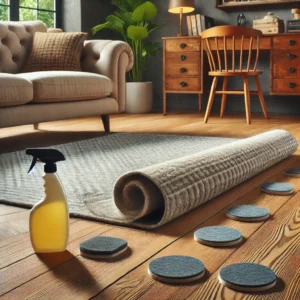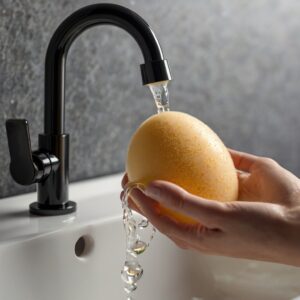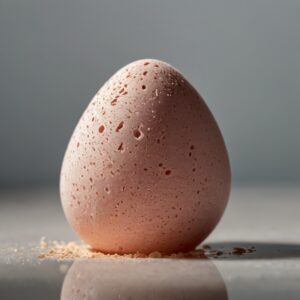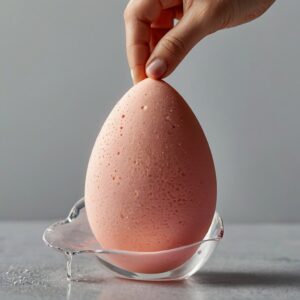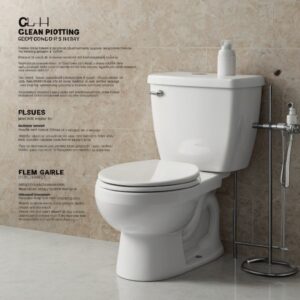
10 Hidden Areas in Your Home You’re Forgetting to Clean (But Shouldn’t!)
When it comes to cleaning, most of us focus on visible surfaces like countertops, floors, and furniture. While these areas are essential to maintain, several hidden spots in your home often get overlooked. These neglected areas can accumulate dirt, allergens, and bacteria over time, posing potential risks to your health and hygiene. In this article, we’ll explore the 10 hidden areas in your home you’re forgetting to clean and provide actionable tips to ensure your home stays truly spotless and healthy.
1. Behind and Under Furniture
Out of sight, out of mind—this saying often applies to the areas behind and beneath furniture like sofas, beds, and dressers. Dust, pet hair, and crumbs collect in these spots, which can lead to allergies and pests if ignored.
Why It Matters:
Dust and debris can contribute to poor air quality and attract unwanted pests.
How to Clean:
- Periodically move your furniture to clean behind and underneath it.
- Use a vacuum cleaner with a crevice tool to sweep away dirt and dust efficiently.
- Furniture sliders can make heavy pieces easier to move around.
2. Inside Kitchen Appliances
You may wipe the exterior of your appliances, but the interiors are often full of grease, crumbs, and grime. Your oven, microwave, refrigerator, and dishwasher are all guilty offenders.
Why It Matters:
Unclean appliances can impact food safety and your appliance’s functionality.
How to Clean:
- Remove shelves and trays from appliances, soak them in warm soapy water, and scrub gently.
- Use baking soda and vinegar to remove stubborn stains and smells in your oven.
- Clean the interior of your refrigerator and microwave with an all-purpose cleaner.
How to Get Pee Out of a Mattress
3. Ceiling Fans and Light Fixtures
Ceiling fans and light fixtures are common hidden areas in your home you’re forgetting to clean. Over time, they collect dust, which can spread throughout your home when the fan or light is turned on.

Why It Matters:
Dust from ceiling fans can trigger allergies and asthma.
How to Clean:
- Use a microfiber cloth or a specialized duster to clean fan blades and light fixtures.
- Cover each blade with an old pillowcase to collect dust as you clean.
- Dust your fixtures often for a clean and healthy living space.
4. Back of the Toilet
While the toilet bowl is often cleaned, the space behind the toilet is easily overlooked. This area is prone to collecting dust, hair, and other bacteria, causing an unsanitary situation.

Why It Matters:
Grime build-up behind the toilet causes odors and unsanitary conditions.
How to Clean:
- Use a small scrub brush and disinfectant to reach behind the toilet.
- Make this area part of your routine cleaning schedule to avoid buildup.
5. Air Vents and HVAC Filters
Air vents and HVAC filters are important factors in maintaining good indoor air quality, but these are rarely considered during your cleaning session. Dust, allergens, and even mold may accumulate here.
Why It Matters:
Dirty vents and filters can lower the efficiency of your HVAC system and circulate allergens in your home.
How to Clean:
- Vacuum vents regularly with a brush attachment.
- Change HVAC filters every 1-3 months, depending on usage and manufacturer
- recommendations.
- Duct cleaning by professionals is a good option for a deep clean.
6. Under Large Appliances
The areas under your refrigerator, washing machine, and stove are often hotspots for food crumbs, spills, and dirt.
Unclean areas under appliances attract pests and contribute to the development of awful smells.
How to Clean:
- Pull out appliances every few months to sweep and vacuum underneath.
- Use a damp mop or cleaning wipes to remove stains and debris.
7. Curtains and Blinds
Curtains and blinds add charm to your house but tend to collect dust and allergens over time. This is important to clean frequently for a healthy living space.
Dust on curtains and blinds can exacerbate allergies and lower indoor air quality.
How to Clean:
- Vacuum blinds using a brush attachment or wipe them down with a damp cloth.
- Machine wash curtains according to care instructions or vacuum them with a fabric attachment.
8. Behind and Under Beds
The area under your bed is a dust bunny and a forgotten item collection area. Cleaning this space is essential for a healthier sleeping environment.
Why It Matters:
Dust under your bed can disrupt your sleep and trigger allergies.
How to Clean:
- Remove items stored under the bed and vacuum the area thoroughly.
- Use a damp cloth to wipe down bed frames and other surfaces.
9. Inside Drawers and Cabinets
Drawers and cabinets may look clean from the outside, but crumbs, dust, and spills can hide inside. These hidden messes can attract pests and create an unsanitary environment.
Why It Matters:
Neglected drawers and cabinets can become breeding grounds for bacteria and pests.
How to Clean:
- Empty drawers and cabinets periodically.
- Wipe them down with a damp cloth and let them dry before restocking.
- Use drawer liners to make future cleaning easier.
10. Door Frames and Baseboards
These are usually not noticed areas where dust fingerprints and scuff marks can accumulate, thus giving your home a less clean look.
Why It Matters:
Clean door frames and baseboards make your home look nice.
How to Clean:
- Wipe down door frames and baseboards with a damp cloth or sponge.
- For stubborn stains, use mild detergent and gently scrub.
Why Cleaning Hidden Areas in Your Home
MattersClean those secret places to ensure fresher air, fewer allergens, and healthier living space. If left alone, these hidden areas may contribute to health problems, pest infestation, and a less comfortable place to live.
Let Global Clean Help!
Tired of juggling all these hidden cleaning tasks? Global Clean specializes in tackling the hidden areas in your home you‘re forgetting to clean. Our professional team ensures every corner of your home is spotless, giving you peace of mind and a healthier living space.
Contact us today to book your cleaning service and experience the difference!





















